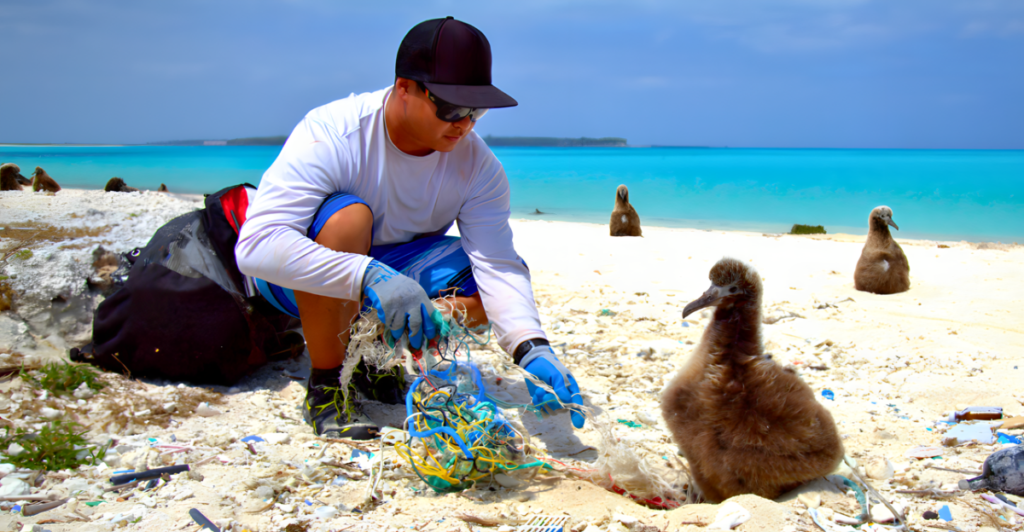
America has some of the best biodiversity in the world, but some of its native species are at risk. Some states are hanging onto their ecosystems well, while others are battling extinction. There are many reasons why this is the case, including habitat destruction and climate change.
States At Risk
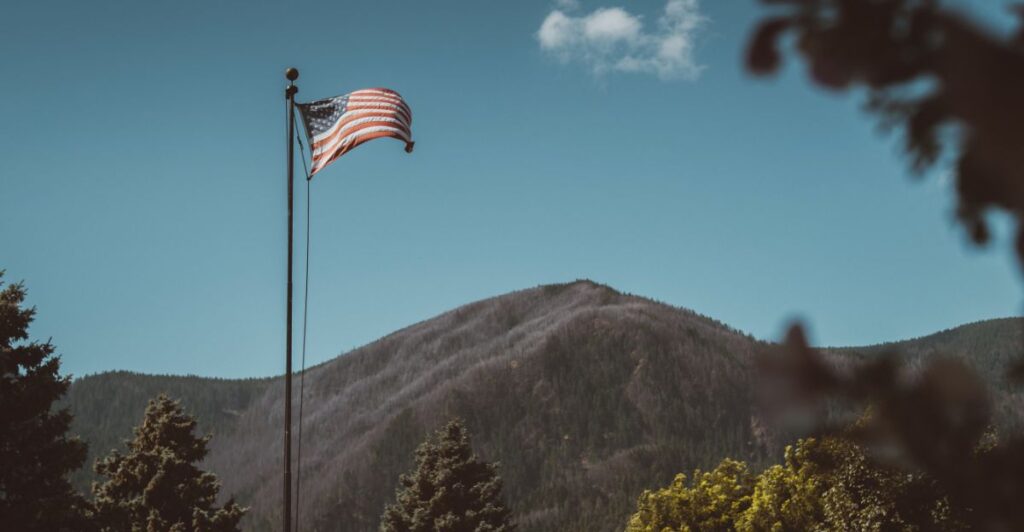
Hawaii, Texas, California, and Alabama are remarkable states, all with some of the greatest biodiversity in America. Unfortunately, this doesn’t guarantee that species in these ecosystems aren’t at risk. Diversity, risk, endemism, and extinction all play a role.
California
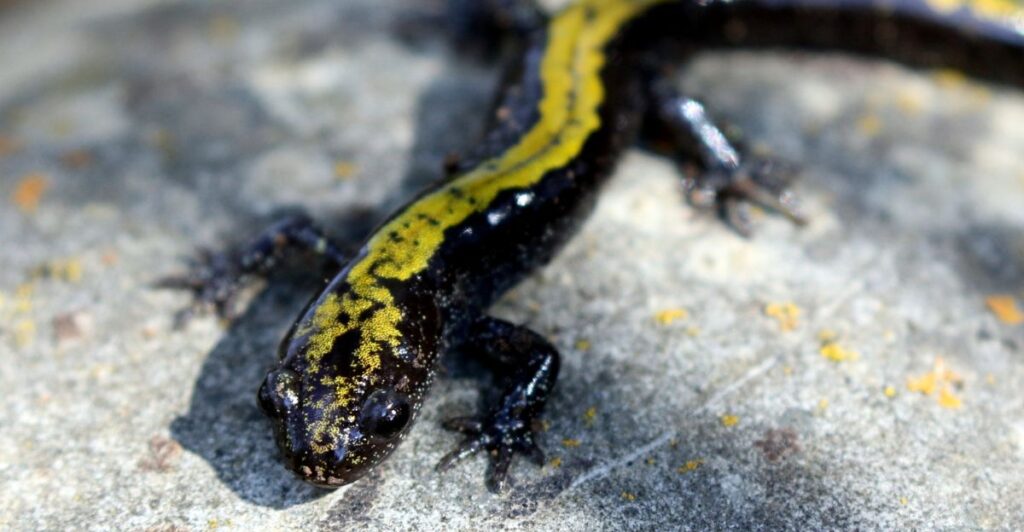
California is one of the greatest states for diversity in endemic species, but it also has significant risks and extinctions. Many animals are on endangered lists, including the Santa Cruz long-toed salamander. Thankfully, there are many conservation projects trying to keep local populations up, but without them, the California condors would have gone extinct in the 1980s.
Hawaii
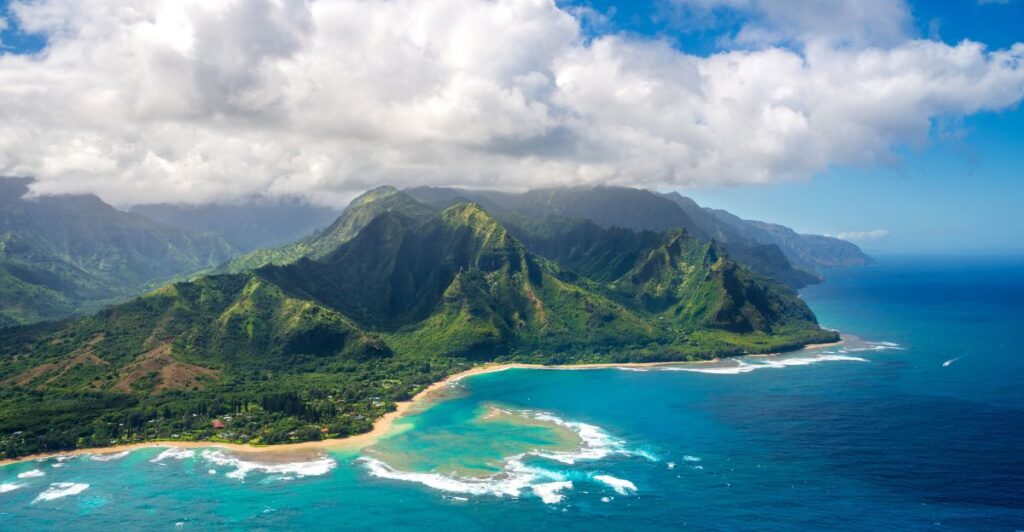
Being an island, Hawaii supports some of the unique species of all the states. Unfortunately, the endemic wildlife has faced extinction and endangerment for as long as people have been introducing invasive species to the island.
Texas
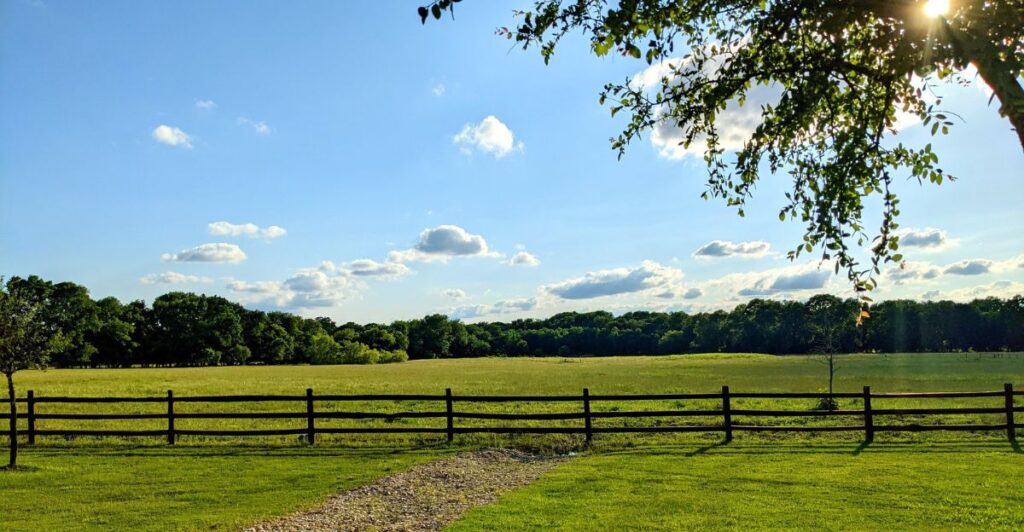
Texas is a state that struggles with balancing development with conservation. The state has the most diverse freshwater fish in the southeastern United States, but due to habitat loss and encroachment, local populations are lowering and ended up in clashing with humans.
Alabama
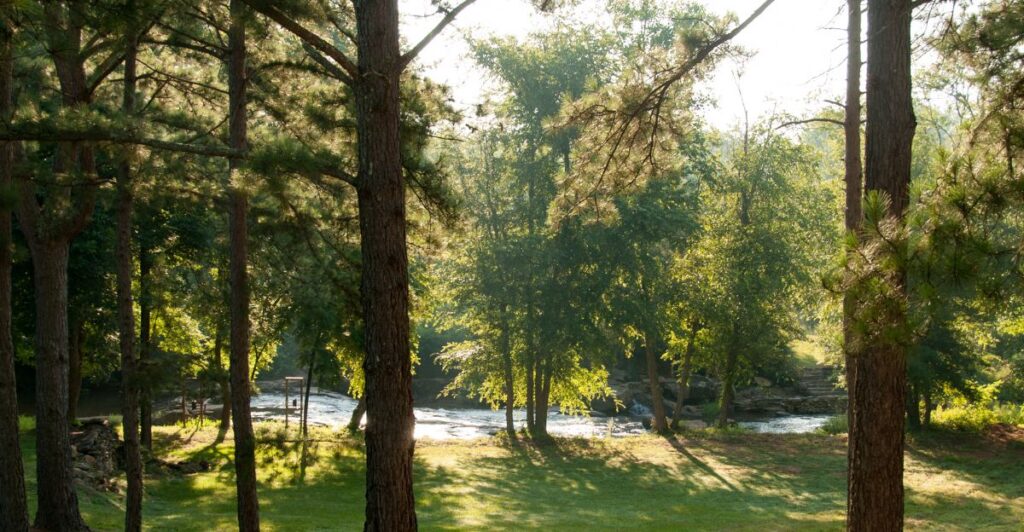
Alabama has some of the best freshwater ecosystems in the United States, but many populations are severely threatened due to human impact. The state has some of the most endangered animals, but they are now appearing in other states. Examples include the Alabama cave shrimp and cavefish.
Arizona
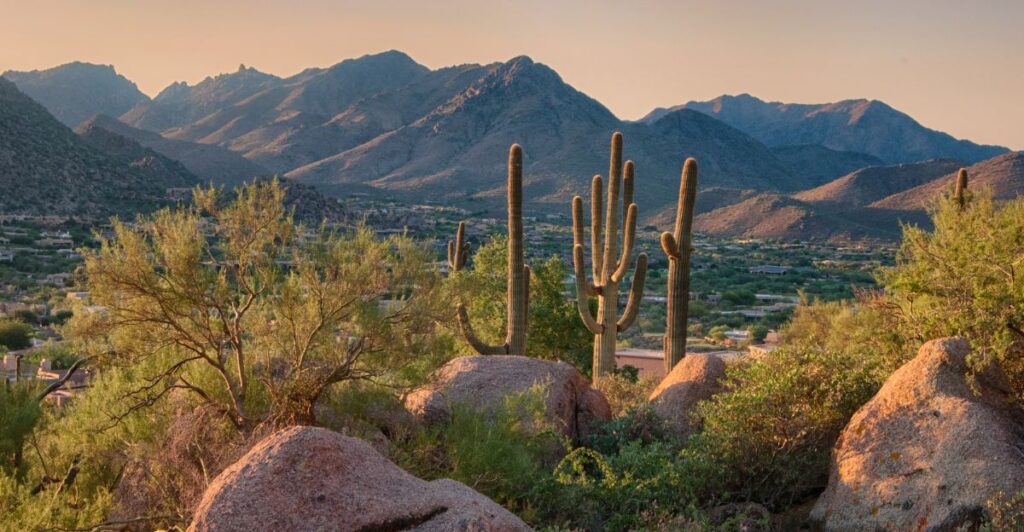
Despite Arizona being quite sparse on the surface, their waterways are where they have some of the best biodiversity. The arid conditions have made species adapt, but climate change may change that over the coming years. Examples of endangered species are the Arizona cliff-rose and the Apache trout.
Nevada
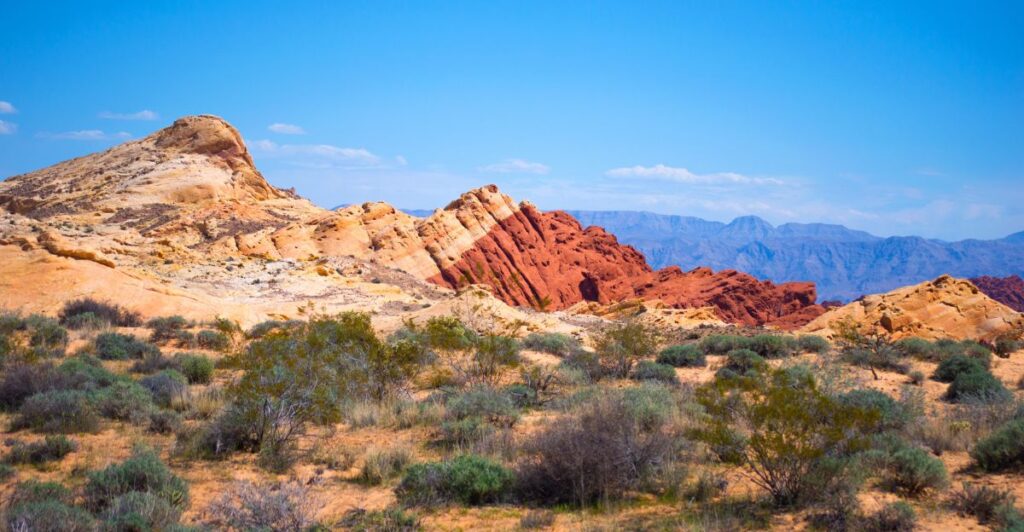
Nevada, much like Arizona, has species adapted to a desert environment which means they are vulnerable to climate change. Habitat preservation is crucial in maintaining the local population’s numbers. Palmer’s chipmunk is only located in Nevada and is an example of an endangered animal, among many others.
Florida

Florida is home to many endangered species, including the Florida panther with only about 100-180 individuals remaining. Development and habitat loss contribute to risks associated with population loss. Each state requires tailored conservation plans.
Oregon
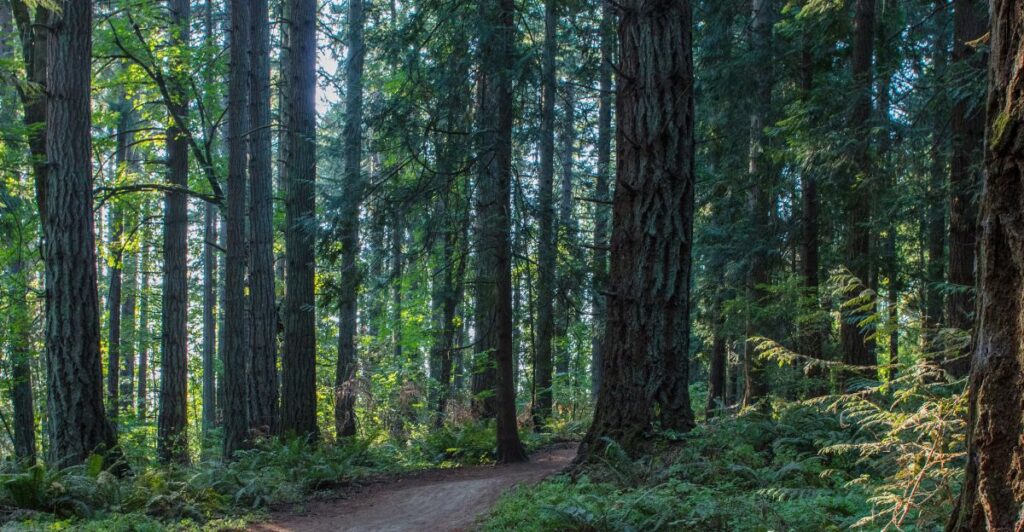
Thankfully, some states have it easier than others and have seen great success in wildlife conservation. Oregon has succeeded with Bighorn Sheep reintroduction in the John Day River Valley. Collaboration between agencies and ranchers helped restore the population after overhunting, and disease decimated them in the early 1900s. Visitors can now see these iconic animals repopulating their historic range.
Yellowstone

Several states achieved success with Gray Wolves, including Yellowstone National Park in Idaho, Montana, and Wyoming. Eradicated by the mid-1920s, they were reintroduced in the mid-1990s. The effort is hailed as a success for the wolves and the park’s overall health. About 100 gray wolves now live in the park.
Minnesota
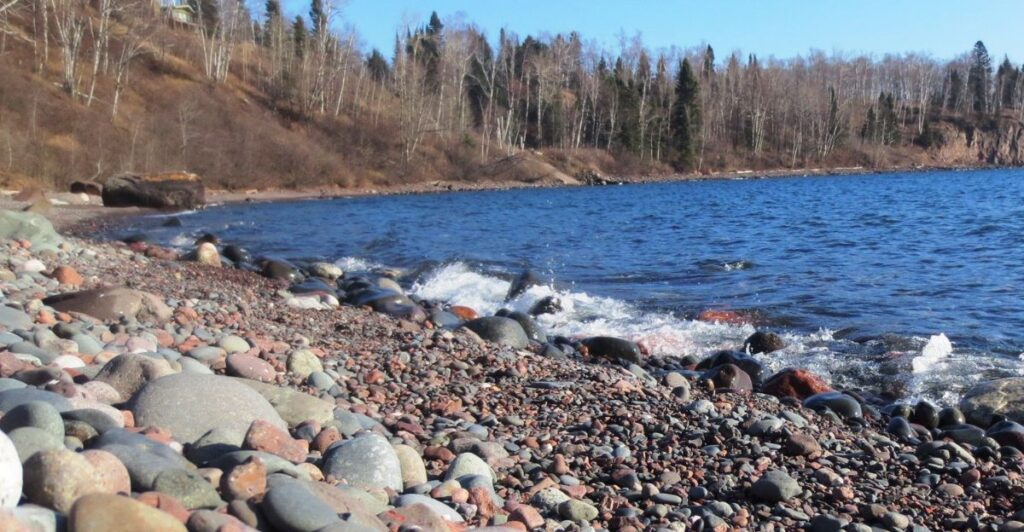
Minnesota has a lot of public funding for conservation and ecological restoration. Minnesota is the third largest chapter of The Nature Conservancy. With funding, Minnesota has seen the trumpeter swan come back to the state.
Louisiana
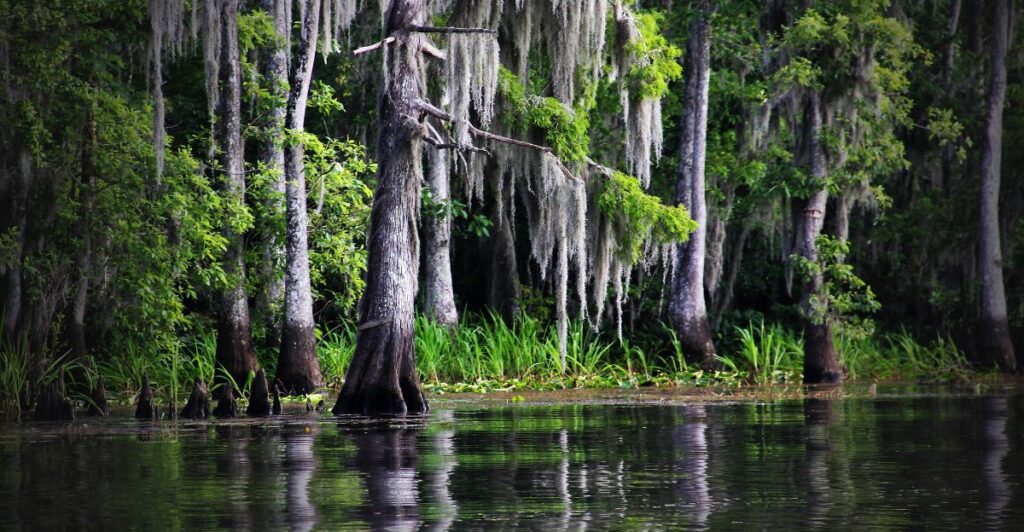
Louisiana Black Bear was listed as threatened. Since the listing, voluntary, incentive-based private land restoration programs have been crucial to the bear’s recovery. Due to the success of these programs, there are approximately 750 Louisiana black bears.
Discover more of our trending stories and follow us to keep them appearing in your feed

How Scientists Are Trying to Preserve These Animals Through Conservation Efforts
Wolves Through the Ages: A Story of Survival, Struggle, and Saving Their Future
California Is Breaking Apart: A Fault Line Is Forming Faster Than Anyone Predicted
There Will Be Eruptions”: Concerns Mount as Yellowstone Supervolcano Activity Shifts
This article first appeared here
Stay connected with us for more stories like this! Follow us to get the latest updates or hit the Follow button at the top of this article, and let us know what you think by leaving your feedback below. We’d love to hear from you!







